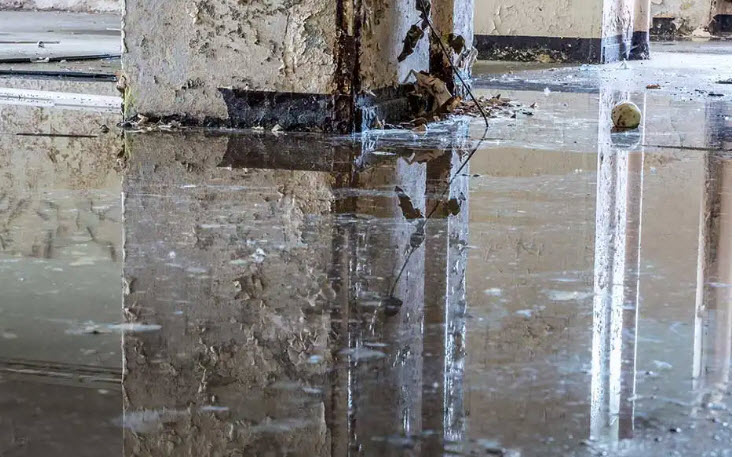Flood Cleanup Companies Near Me
Water Damage

Whatever you do, do not plug in or switch on your appliances right away, since the components of such appliances may have been corroded or damaged by the flood water (see our article on "What you should know about water-damaged appliances" for more information). Consumer Reports advises getting rid of any home device that was flooded in floods, such as a washing machine or stove, because doing so is the safest course of action. Before bringing a previously used appliance back into use, you should have a trained technician examine it to see whether or not it can be saved.
Your flood insurance coverage will only pay for damage to your property that was caused directly by a flood. Other types of insurance, such as homeowner's insurance, do not cover damage brought on by flood water but do cover damage brought on by other types of hazards, such as intense rainfall or fire. If a river overflows or rain generates a flash flood that penetrates your property, this is regarded to be a direct effect of the flood, and it is likely that your flood insurance will cover the costs associated with it. However, if the rain is blown into a building that is sheltered from the wind, this type of precipitation is known as wind-driven rain and is not covered by your flood insurance. If your roof is broken in any way and water is able to leak through the roof, the same thing will happen. Your flood insurance will not pay for this type of damage since it was caused by water that was damaged by the wind.
Flooding in your house might result in significant property damage. No matter how well prepared you are, flooding or damage caused by water might still result in unanticipated circumstances or dangers. With the aid of the do-it-yourself checklist, you should be able to fix any minor water damage. However, severe water damage requires the assistance of a trained expert as well as the use of specialized tools and technology from the industrial sector.
Flood Cleanup Companies Near Me